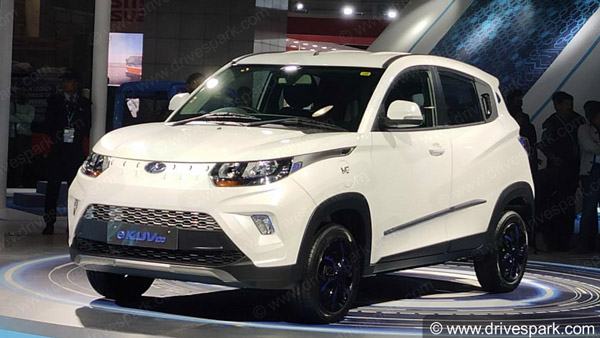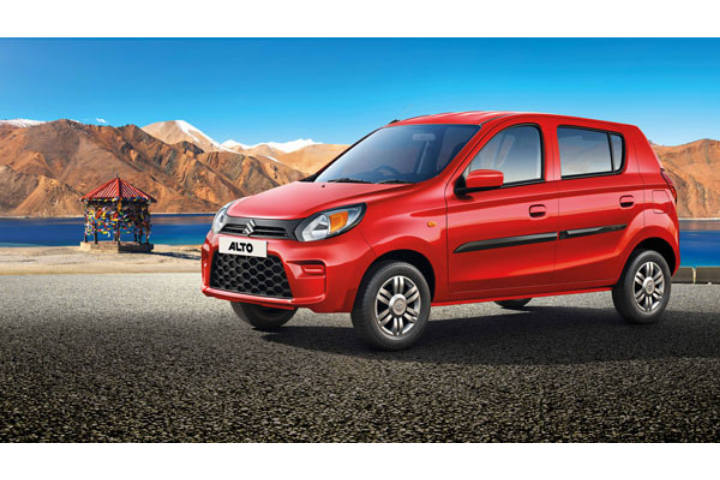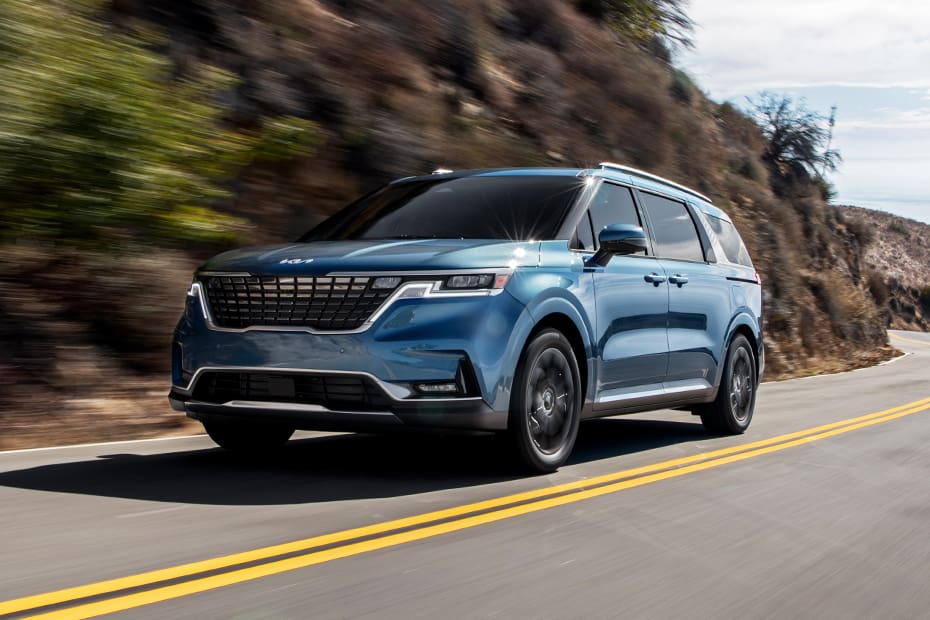In 2023, the introduction of the BS6 2.0 emissions standards, often known as the RDE standards, was an important event in the automotive world. Stricter requirements meant the demise of some vehicles on the market, particularly small-capacity diesels in compact vehicles. Some automobiles were also removed off the shelves since they had reached the end of their useful life. We reported all cars and SUVs that will be discontinued in India in 2023.
Please keep in mind that we only considered vehicles that were discontinued entirely for this list, not if a specific variant of a model was discontinued. As a result, cars such as the i20 diesel, Kwid 800, Honda City, and Amaze diesels do not appear on this list.
Mahindra KUV100

The KUV100 was Mahindra’s smallest and most cheap model at the time, and it was unique in that it had a 6-seater layout with first-row bench seats in some variations. However, it had become very old without any significant modifications over the years, and with sales of only a few hundred units each month, Mahindra evidently didn’t see a commercial sense in updating the model to satisfy the higher emissions regulations.
Maruti Alto 800

The venerable Maruti Alto 800, the carmaker’s most economical model, was terminated this year, as did the legendary 3-cylinder, 796cc petrol engine (codenamed F8D) that served the brand for four decades in India. With the newer Alto K10 arriving in August 2022, there was a price disparity between the two versions. As a result, Maruti reduced the Alto lineup to just the K10 model, rather than maintaining a low-demand 800cc engine that wasn’t used by any of its other models alive.
Also Read: Maruti Suzuki sells 1,99,217 units in a month, setting a record.
Honda Jazz, WR-V, City Gen-4

Honda was the company that saw the most models drop from its lineup as a result of the RDE standards. It wiped out three Honda models: the Jazz, the WR-V, and the City Gen-4. The City Gen-4 was nearing the end of its lifecycle; the City Gen-5 was on the market, and with sedan sales declining, an overlap between two generations was unnecessary. Meanwhile, Jazz had a longer career, as the fourth-generation Jazz, which was announced in 2020, never made it to India due to high development costs and a low predicted volume.
Skoda Superb and Octavia

Both the Superb and the Octavia shared a 190hp, 2.0-litre petrol engine, but with just a few hundred units sold and dwindling interest in the executive sedan sector overall, Skoda gradually phased them out. The 2.0-litre TSI engine, on the other hand, continues to power the Kodiaq SUV.
Skoda had planned to bring back the Octavia nameplate in RS form with a plug-in hybrid drivetrain, but that has yet to happen. Meanwhile, the Superb is slated to return as a CBU with a revised engine, most likely as a stopgap solution before the fourth-generation model, which launched globally a few months ago, eventually makes its way to our market.
Kia Carnival

The latest vehicle removed from the market this year was the Kia Carnival, which was removed from the carmaker’s website around June of this year. In fact, most dealers had ceased taking new orders in April, at the start of the RDE regulations, and just a few unsold machines were available for a few more months. However, a new version of the Carnival is set to arrive in India in the second half of 2024, and this time, the India-spec model will be on par with what’s available elsewhere – the last Carnival was a generation behind in India. The 2019 Carnival is larger, much more luxurious, and may also see a significant price increase.
Also Read: 2024 Kia Carnival Officially Revealed
Shraddha Kapoor Buys Lamborghini Worth ₹4 Crore

